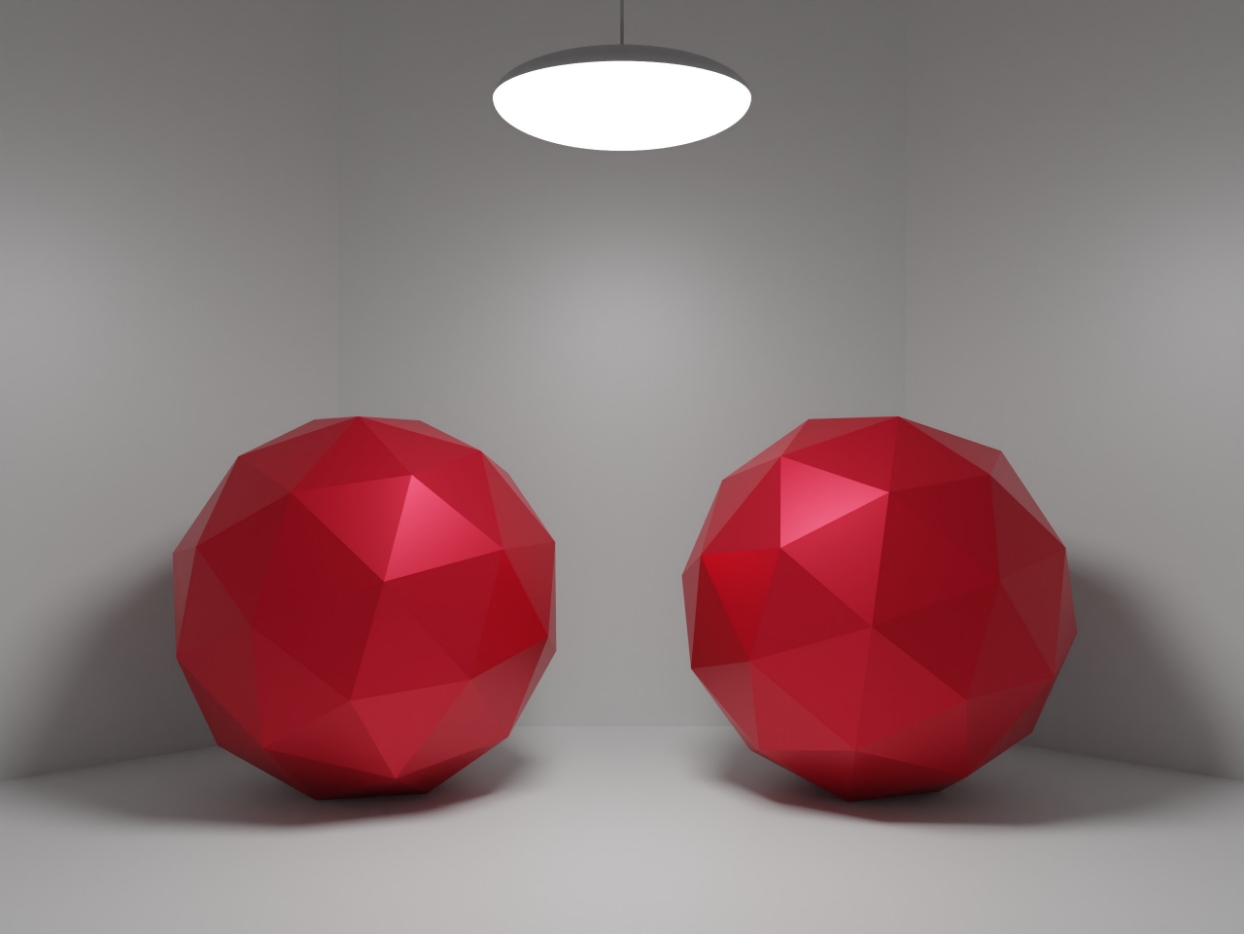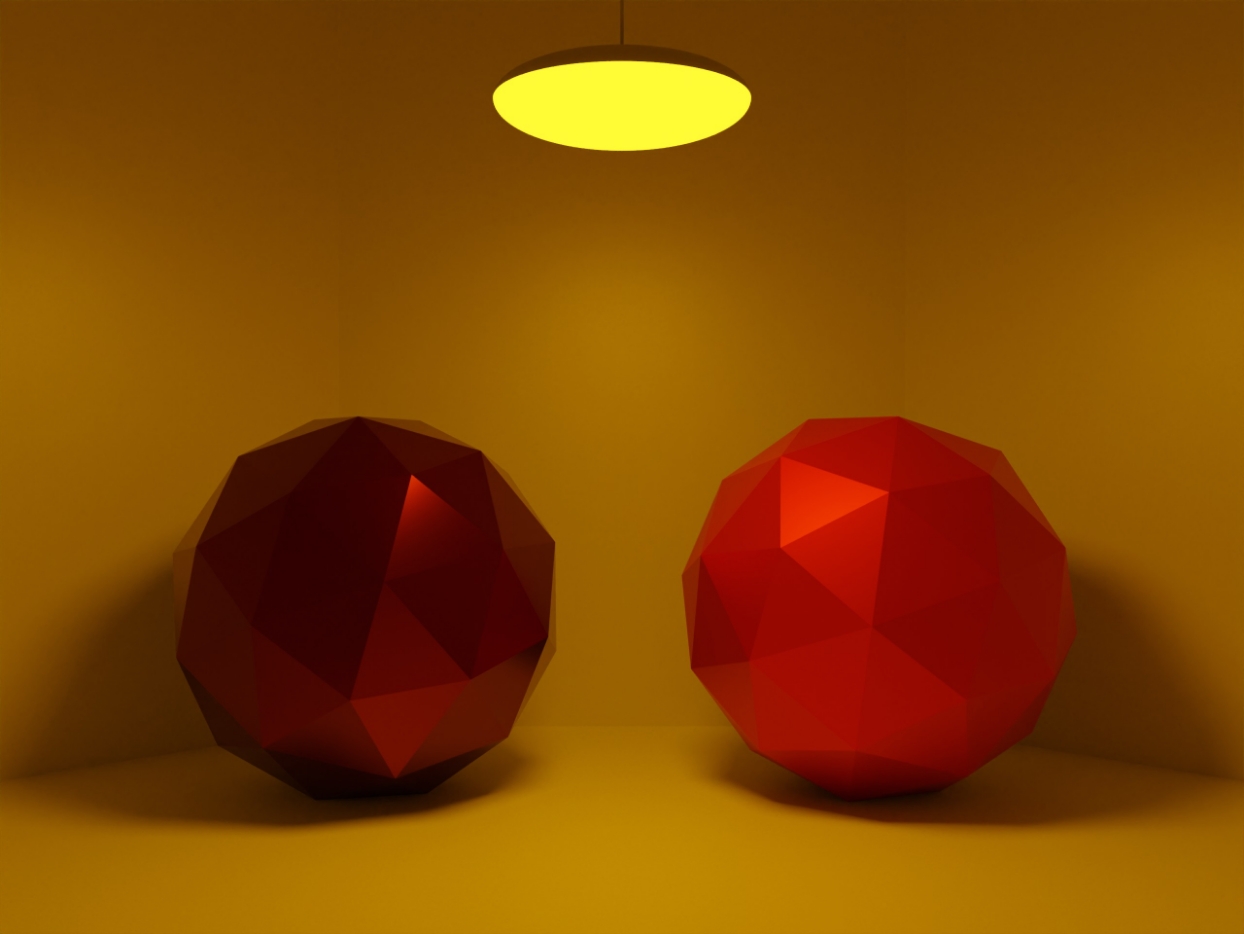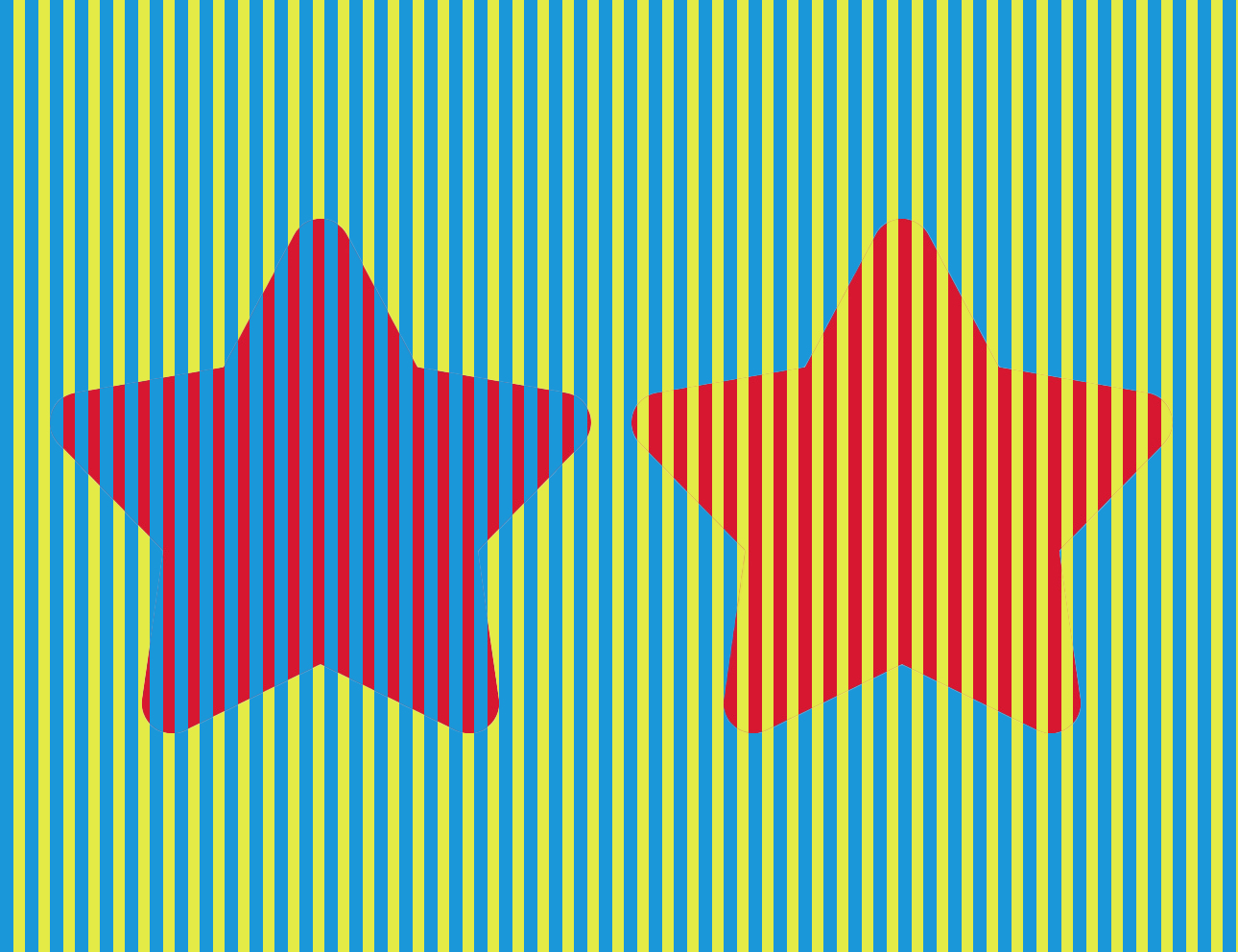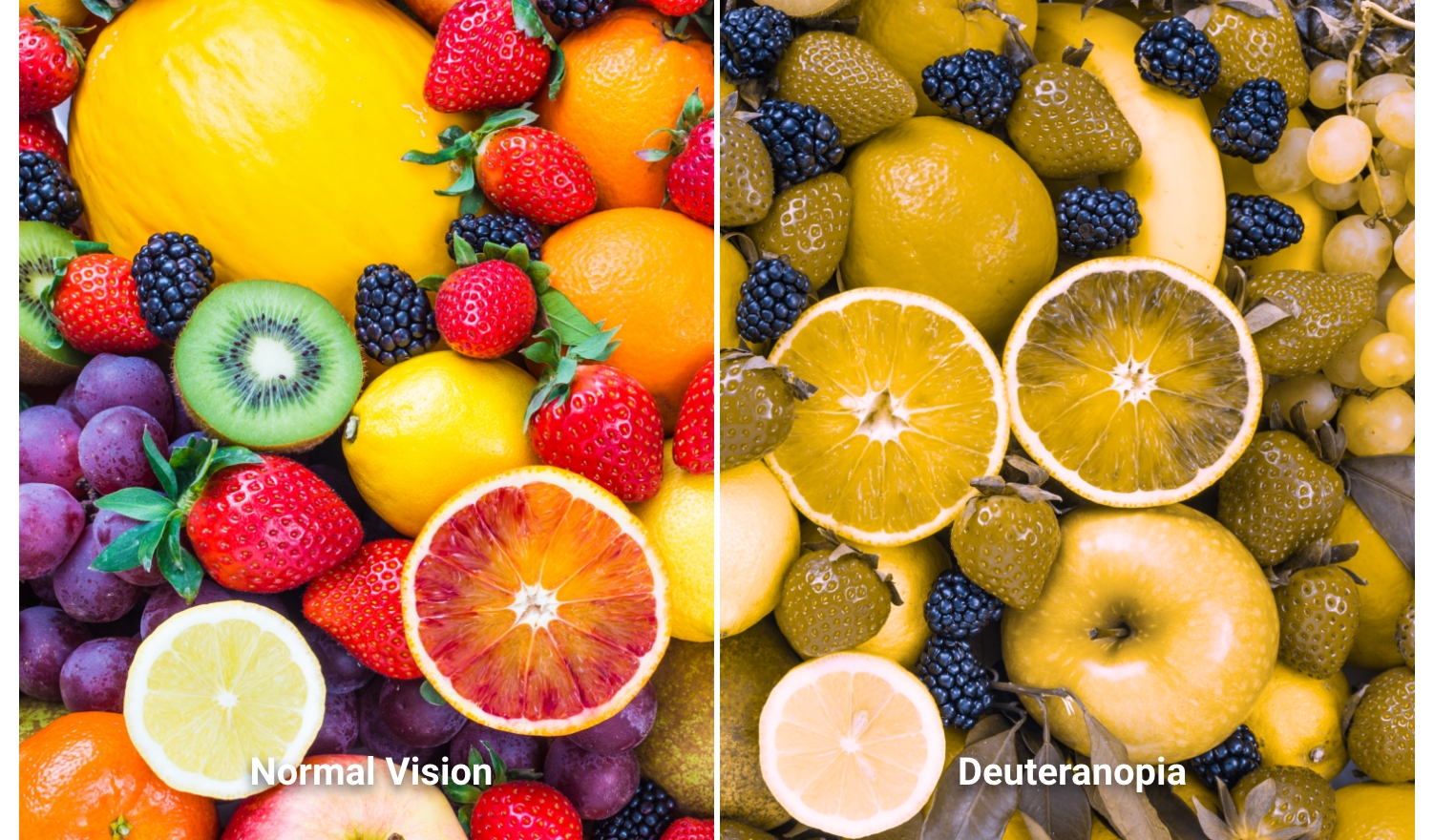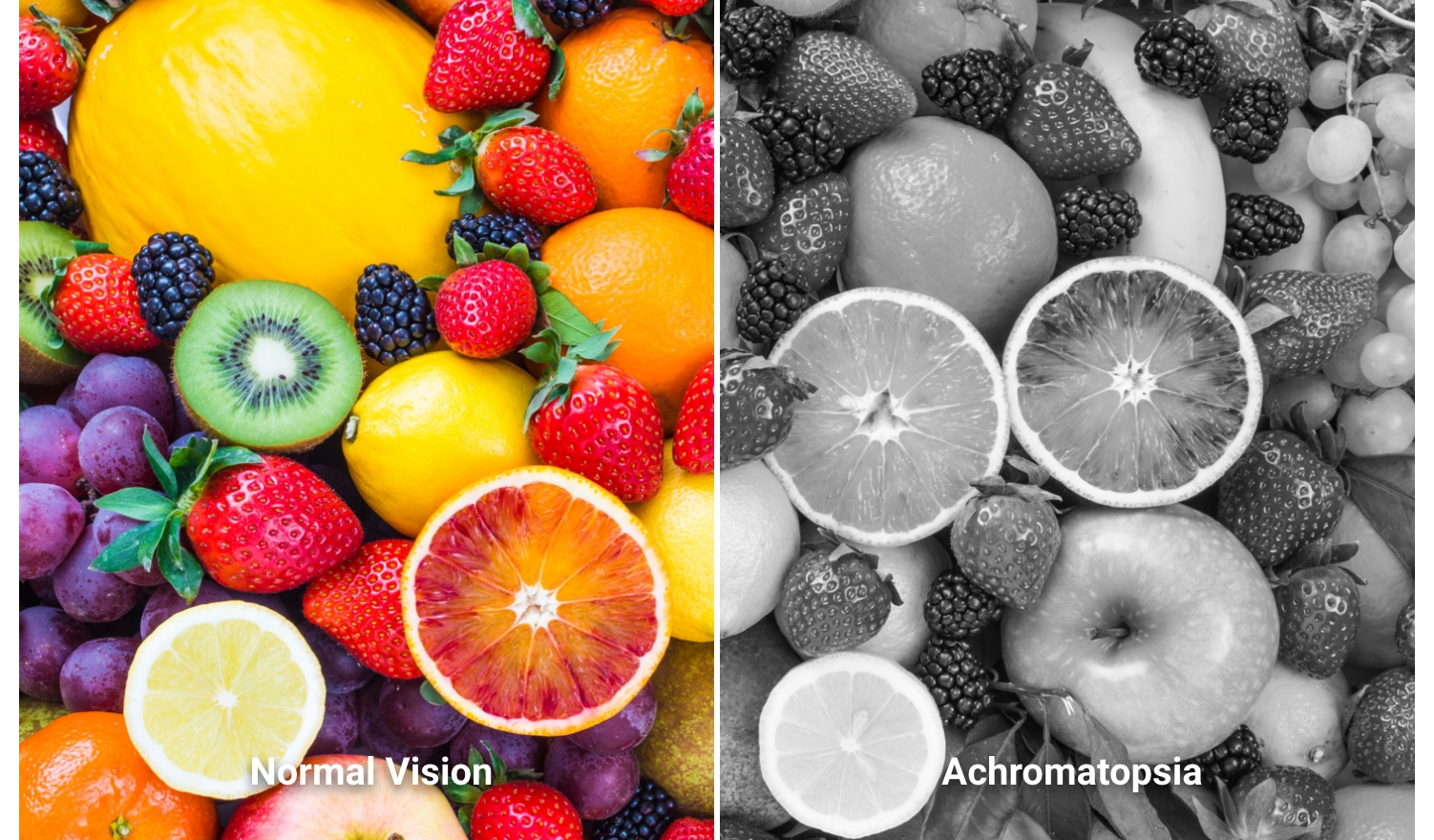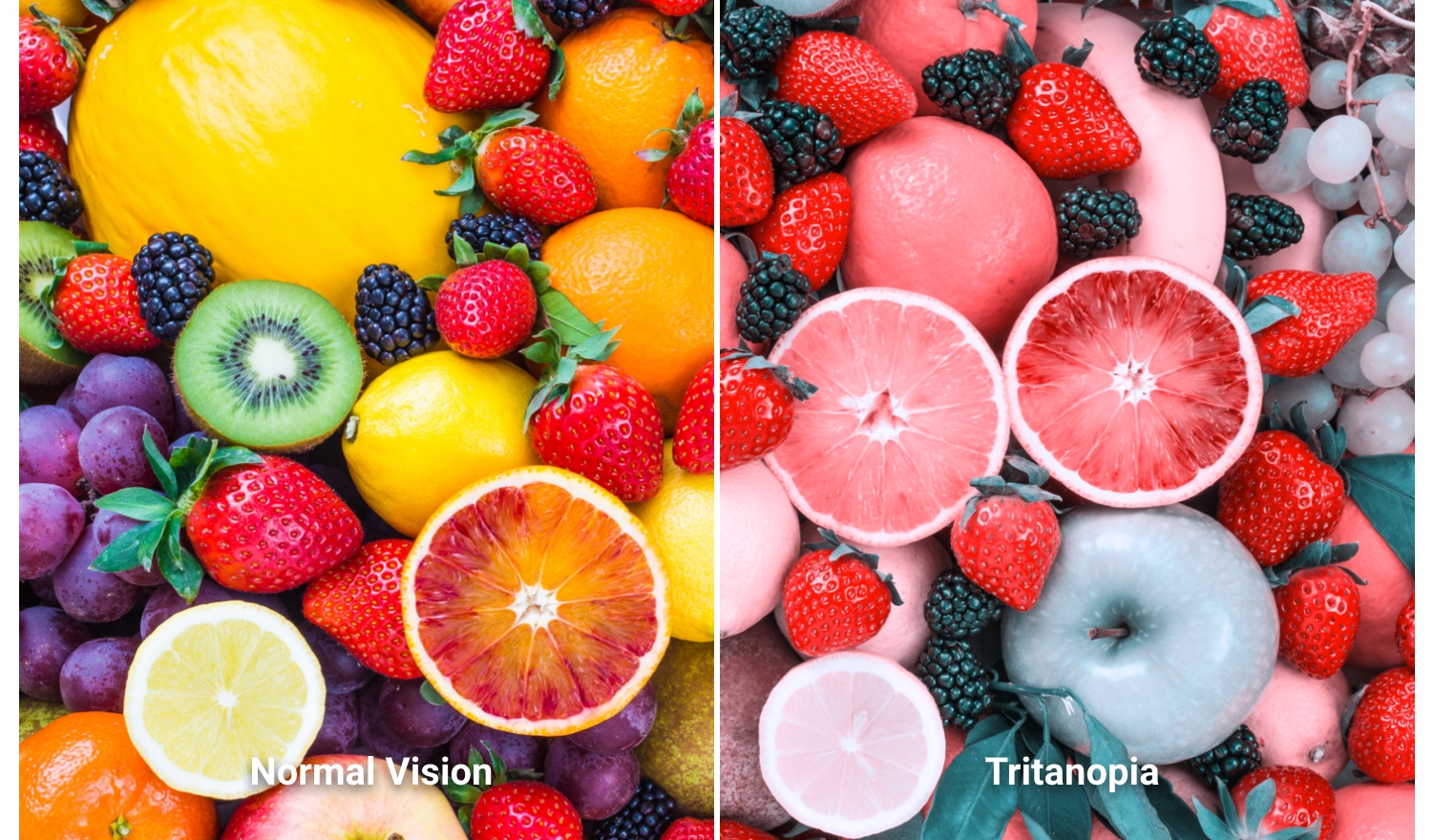
Both colors are actually the same.


 See how it works
See how it works
The impact of lighting on perception
The brightness of a room, the light source and the time of day can all affect how we perceive colors (among other factors).
A and B are the same color, but because we perceive a shadow, our brain tells us these are different colors.
